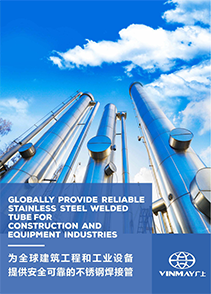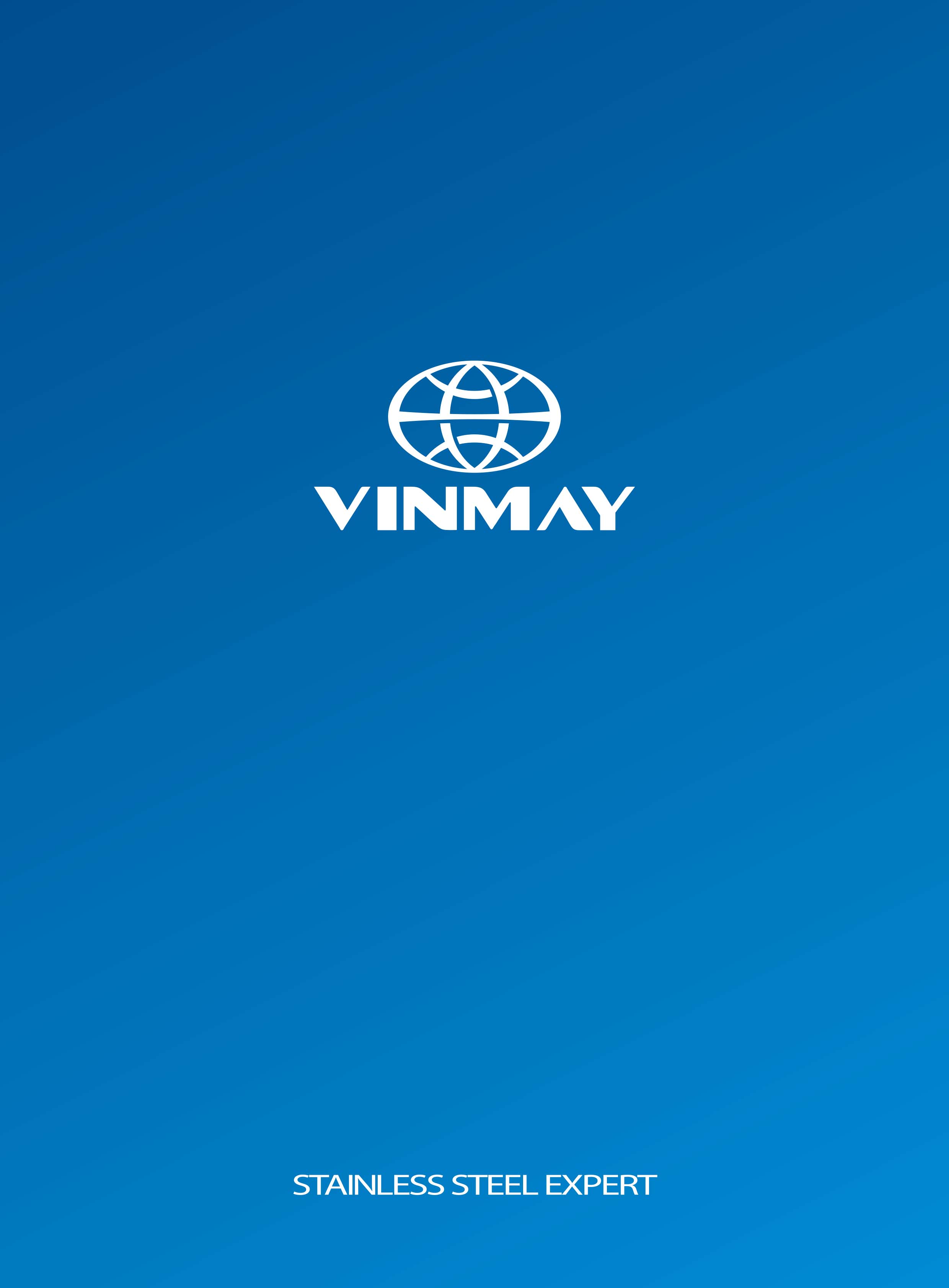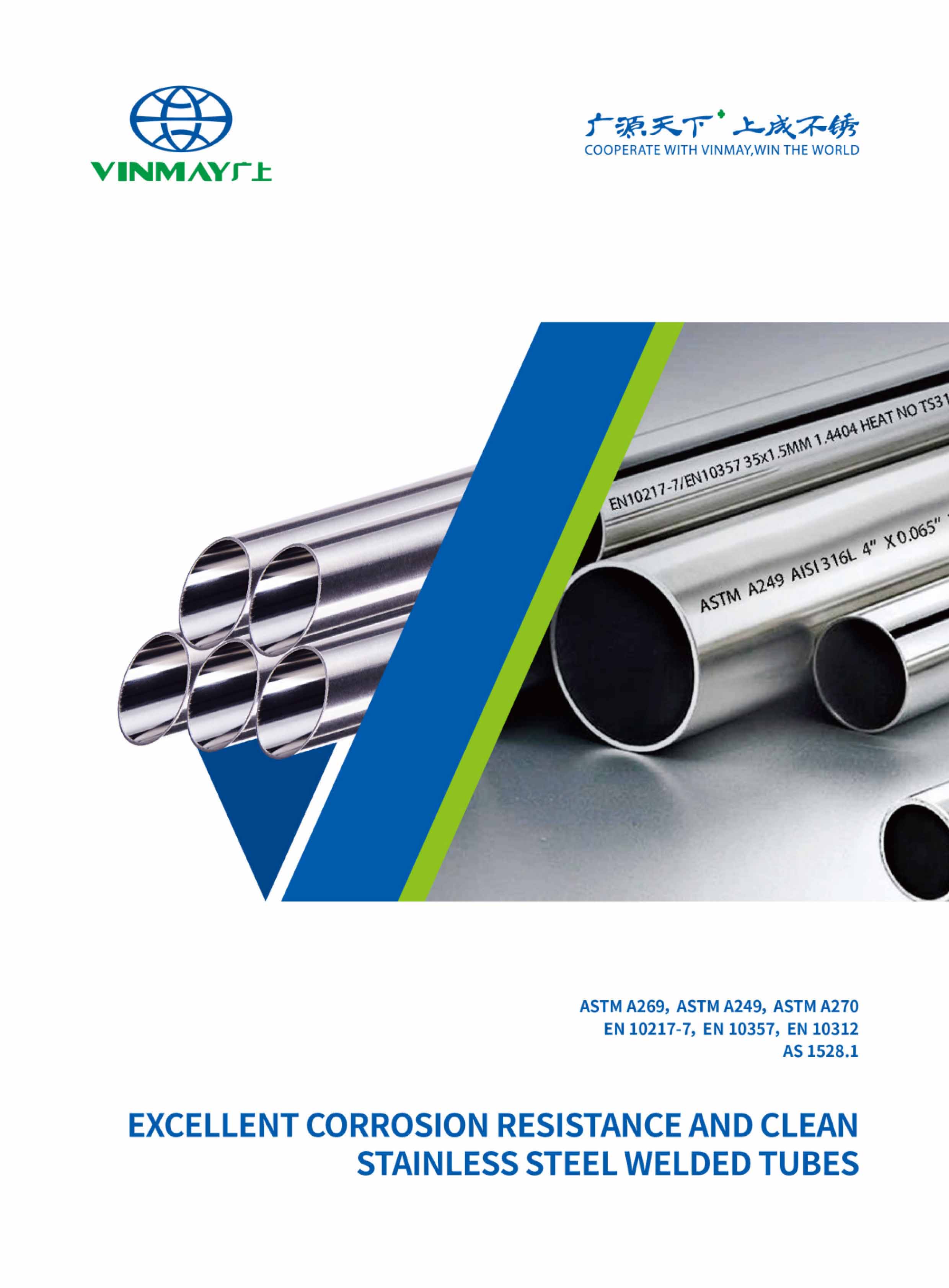When sourcing materials for projects requiring strength, corrosion resistance, and reliability, 316 stainless steel tubes are often at the top of the list. Known for their exceptional performance in harsh environments, these tubes are widely used across industries such as marine, pharmaceuticals, chemical processing, and food production. However, one of the most important factors when choosing 316 stainless steel tubes is their price. Understanding the various elements that contribute to the 316 stainless steel tube price can help you make informed decisions and optimize your budget.
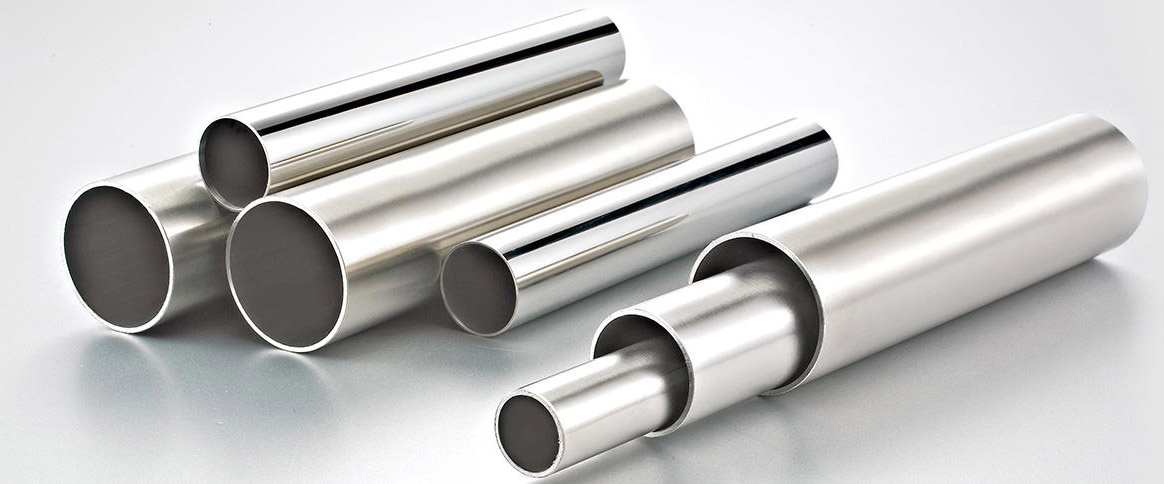
316 stainless steel is an austenitic stainless-steel alloy that consists primarily of iron, chromium, nickel, and molybdenum. The addition of molybdenum (which constitutes around 2-3% of the composition) gives 316 stainless steel enhanced resistance to corrosion, especially in chloride-rich environments. This makes it ideal for environments that experience exposure to seawater, high humidity, and acidic compounds.
316 stainless steel tubes are commonly found in:
The superior properties of 316 stainless steel come at a price, and the 316 stainless steel tube price is typically higher compared to other stainless steel alloys such as 304 stainless steel. The extra cost, however, is often justified by its longer lifespan and superior performance in aggressive environments.
You may also like:
The Life Expectancy of 316 Stainless Steel
There are several factors that contribute to the 316 stainless steel tube price. These factors range from the cost of raw materials to the manufacturing process, tube specifications, and market conditions. Understanding these factors will allow you to predict fluctuations in prices and make strategic purchasing decisions.
316 stainless steel tube price is heavily influenced by the cost of the raw materials that make up the alloy. The primary materials are:
These raw materials are subject to global supply-and-demand dynamics. When prices for these base metals rise, manufacturers must absorb those costs, and these price increases are ultimately passed on to the consumer.
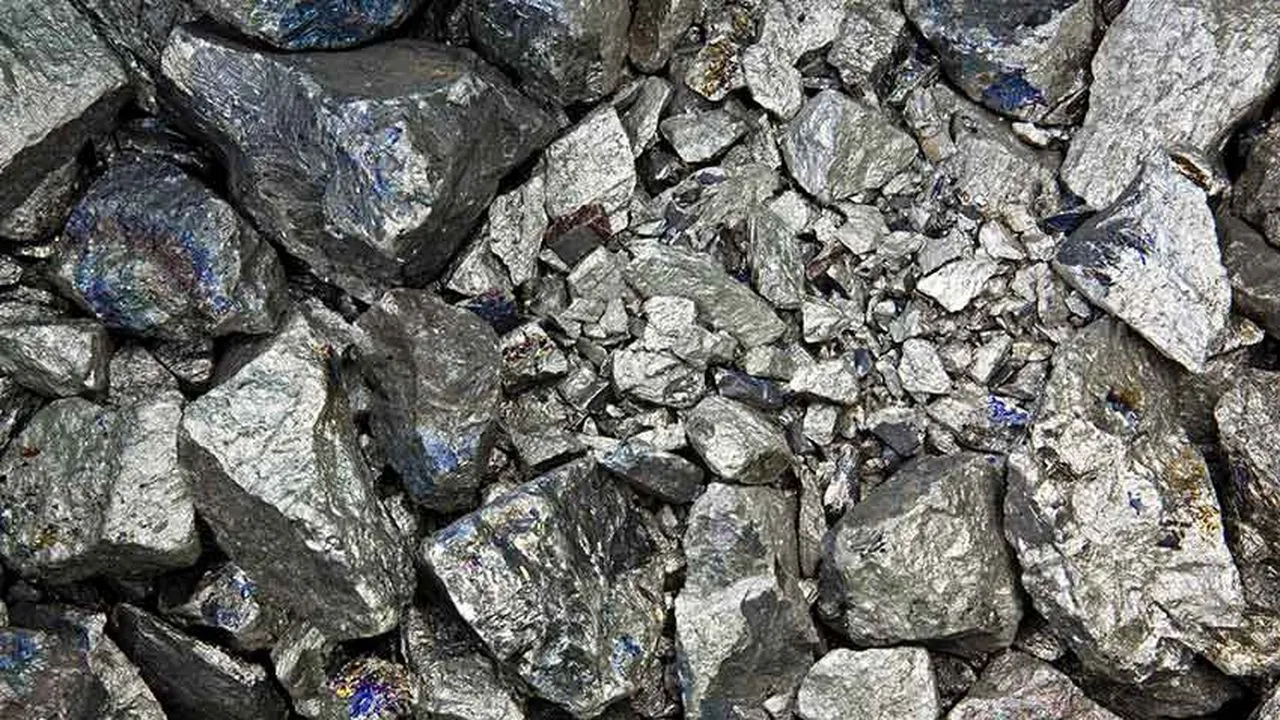
The manufacturing process plays a crucial role in determining the 316 stainless steel tube price. There are multiple ways to produce stainless steel tubes, and each method introduces additional costs. The key processes include:
The manufacturing method used to produce the tubes influences the labor, energy, and material costs, which ultimately impacts the 316 stainless steel tube price.
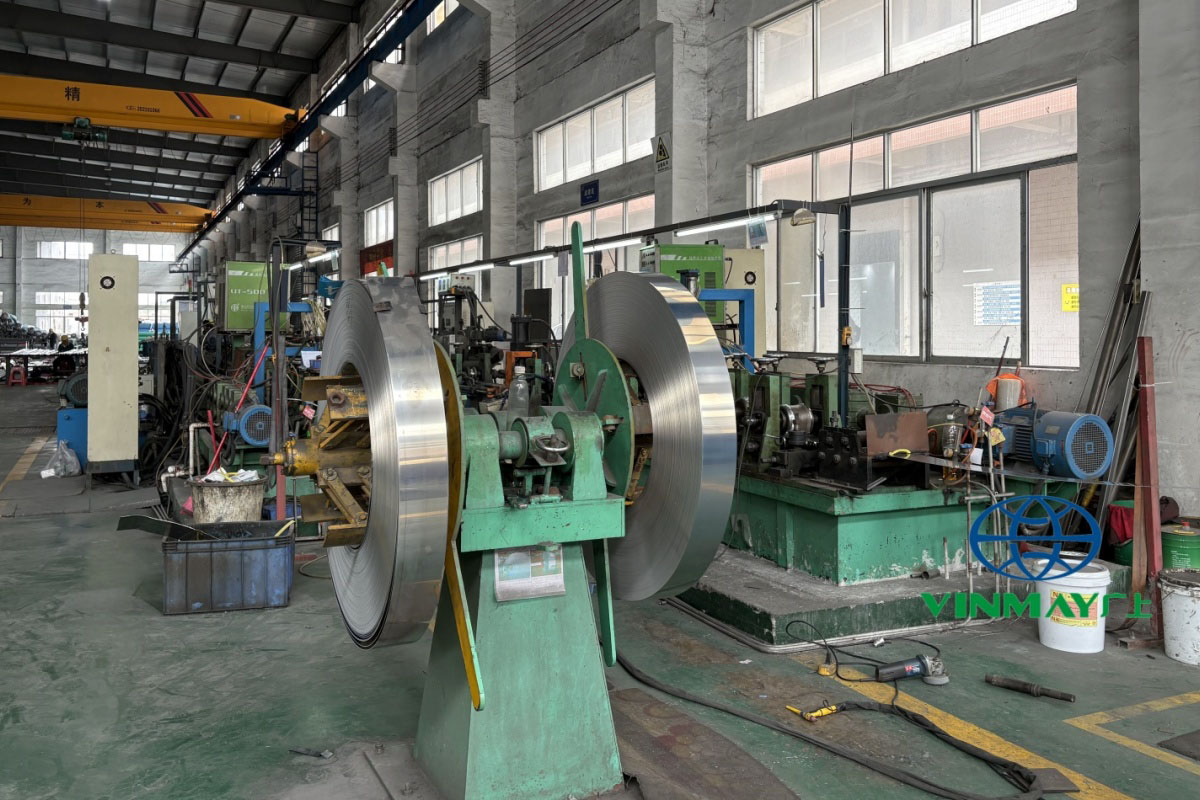
The size and wall thickness of a 316 stainless steel tube are directly linked to the material costs. Larger tubes or those with thicker walls require more raw material and energy to produce, which increases their price. For instance :
Wall thickness is another important consideration. Tubes with thicker walls require more stainless steel and more energy to process. Custom sizes or tubes with unique dimensions also contribute to the increase in 316 stainless steel tube price.
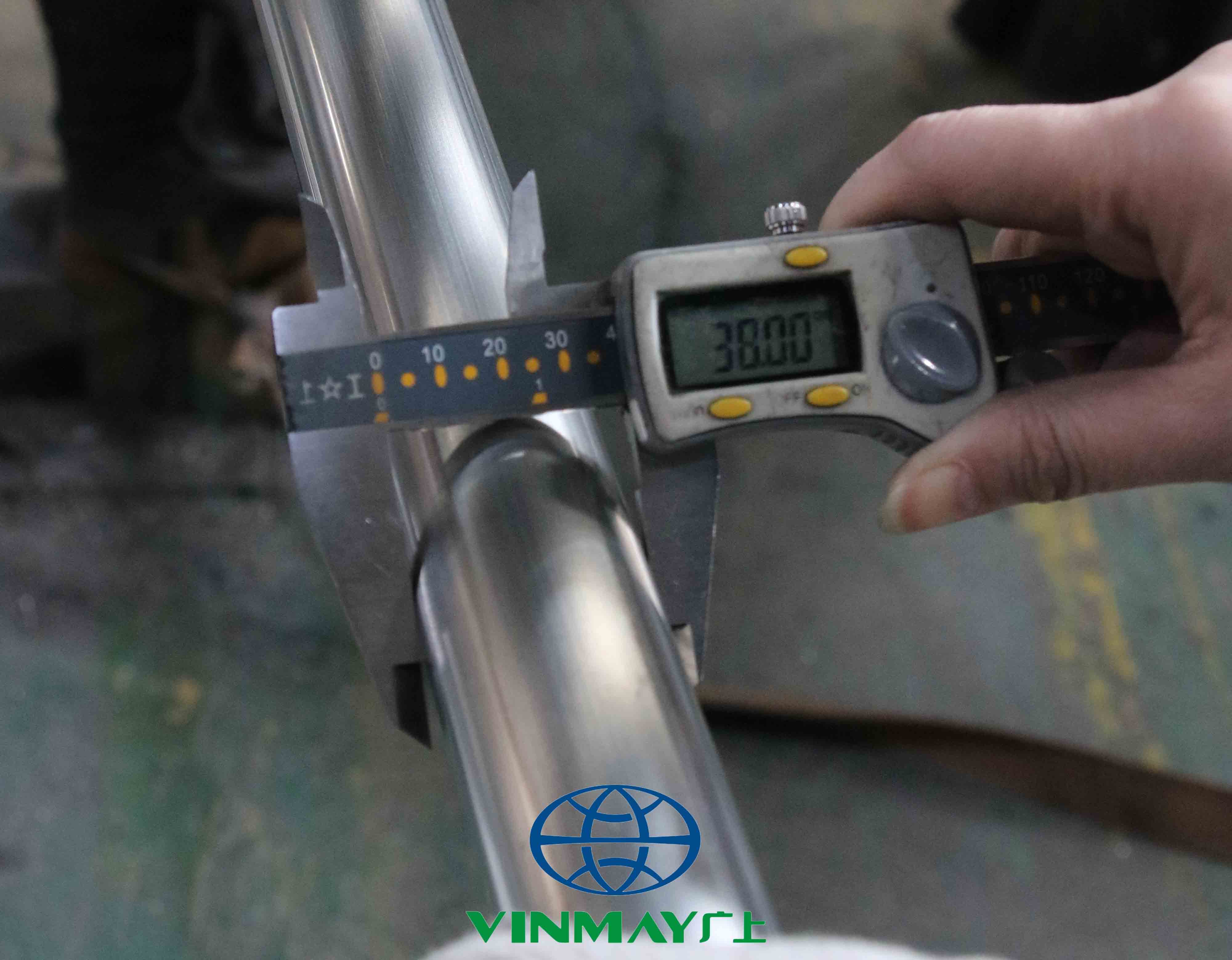
The surface finish and the customization required for the 316 stainless steel tubes can significantly affect the price. There are several surface finishes to choose from:
If you need customized tubes in terms of size, shape, or specific surface finishes, the 316 stainless steel tube price will reflect these additional manufacturing steps.
The 316 stainless steel tube price is also influenced by market demand and broader economic conditions. Several external factors can drive up the 316 stainless steel tube price, such as:
The location of the 316 stainless steel tube supplier also affects the 316 stainless steel tube price. Local suppliers may offer more competitive prices due to lower shipping and transportation costs. However, if you are purchasing from international suppliers, you must account for shipping fees, customs duties, and import taxes, which can increase the overall price of the tubes. International sourcing may offer cost savings on the base product, but the added logistics costs may make the total price higher than purchasing locally.
The quantity you order plays a key role in determining the price. Larger orders of 316 stainless steel tubes typically come with volume discounts. This is because suppliers can spread out their production costs over a greater number of units, leading to a reduced price per unit.
On the other hand, rush orders or orders with shorter lead times often come at a premium. Expedited production processes, faster shipping, and priority service all.
In summary, 316 stainless steel tubes are a premium material widely sought after for their exceptional resistance to corrosion, high strength, and versatility across diverse industries. However, the 316 stainless steel tube price can vary significantly based on a range of factors, including raw material costs, the manufacturing process, tube size and thickness, surface finish, and market conditions. Understanding these factors is crucial when making purchasing decisions, as they can help you identify ways to optimize your budget while ensuring you meet the specific needs of your project.
Whether you're looking for 316 stainless steel tubes for marine applications, food processing, or chemical industries, being aware of what drives the price will enable you to make informed choices. Keep in mind that bulk purchases, standardized sizes, and simpler finishes tend to be more cost-effective, while custom sizes, premium finishes, and expedited orders will increase the price.
By balancing your requirements with your budget and choosing the right supplier, you can secure high-quality 316 stainless steel tubes at a competitive price that meets your needs without compromising on performance or durability.
So, whether you're purchasing for a single project or a long-term supply, understanding the dynamics of 316 stainless steel tube price will help you make the best investment for your business.
